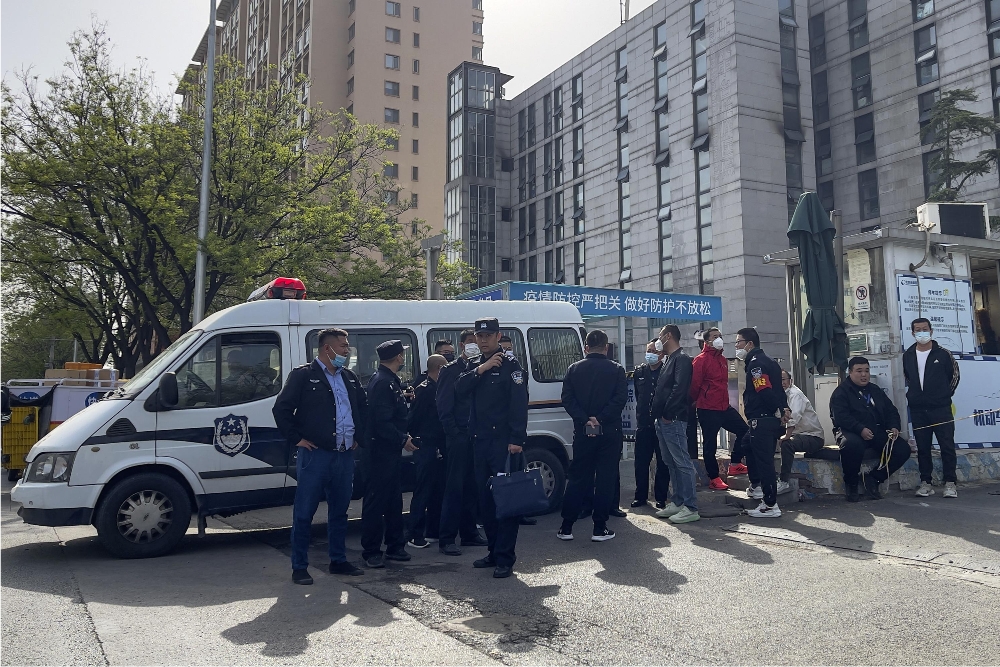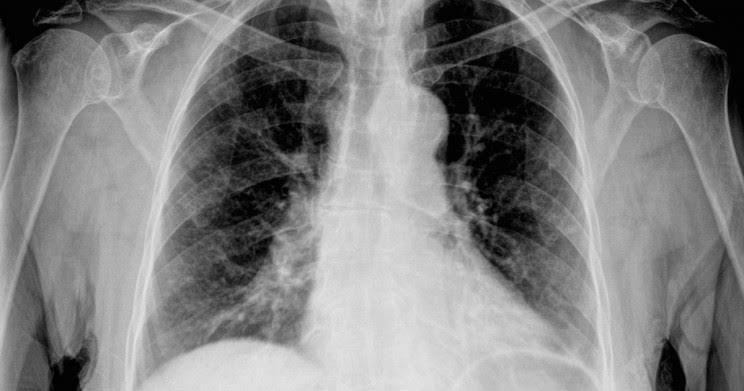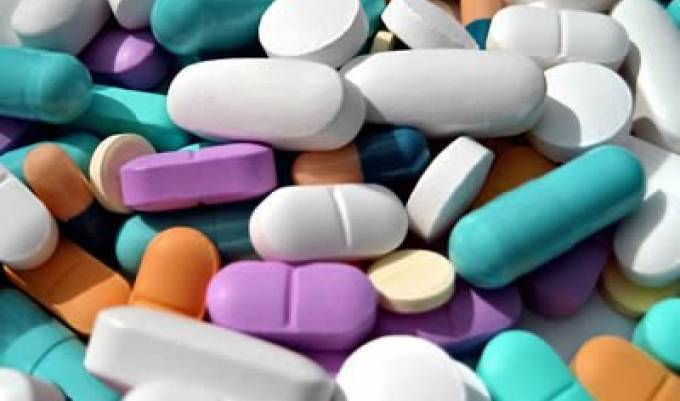More than one-quarter of people with diabetes have skimped on needed insulin because of the drug’s soaring price tag, according to a new small study.
Surveying nearly 200 Americans with type 1 or type 2 diabetes, researchers found 26 percent had underused insulin because of cost.
A recent survey by the diabetes association found a similar number of people — 27 percent in their study — said cost had affected their use or purchase of insulin. Many of them were regularly taking less than their doctor prescribed, were missing doses or switching to a different insulin.
Insulin costs have gone up dramatically, said Dr. Elisabeth Rosenthal, author of a journal editorial. Both the new study and editorial were published Dec. 3 in JAMA Internal Medicine.
“Between 2007 and 2017, the average wholesale price of four of the most popular insulins has more than tripled in price,” wrote Rosenthal, editor-in-chief of Kaiser Health News.
“Between 2010 and 2015, the monthly wholesale price of Humulin, the most popular insulin, rose to nearly $1,100, up from $258 for the average patient,” she added.
These skyrocketing prices put a considerable strain on people with type 1 diabetes, who are often young people just getting started in their lives, Rosenthal said.
Lipska said it’s important to be able to quantify the extent of the problem, hence the study.
The researchers surveyed 199 people with either type 1 or type 2 diabetes. All had been prescribed insulin in the past six months.
Because of cost, 32 percent of those between ages 18 and 44 reported underusing insulin, as did 24 percent of those 44 to 64 years old. Among those 64 and older, 21 percent had underused insulin due to cost.
Moreover, more than one-third of those who underused insulin never spoke to their physician about it.
Insulin underuse based on cost wasn’t limited to low-wage earners. While nearly 20 percent of people making under $10,000 a year reported skimping on insulin due to cost, so did more than 38 percent of those making between $50,000 and $99,000 a year, the study reported.
The new study also found that more than half of people surveyed said they were also having trouble paying for diabetes devices, such as insulin pumps, blood sugar meters and continuous glucose monitors.
And those cost issues made a difference. People who reported cost-related insulin underuse had three times higher odds of having poor blood sugar control, the study found.
Lipska said physicians need to be aware that pricing is an issue for their patients. “Doctors need to talk to their patients and ask them. Patients feel that this isn’t a medical issue per se, and may not bring it up. But if you can’t afford your medicine, that’s part of your care.”
















